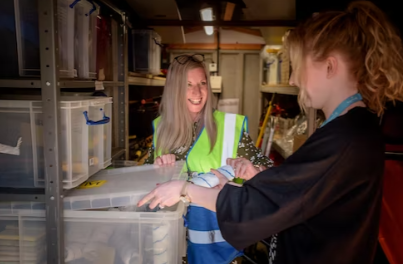Consumer Packaged Goods (CPG) refers to a vast range of products that are purchased by consumers for personal or household use. From food and beverages to personal care and cleaning products, the CPG industry has a significant impact on our daily lives and the economy. In this article, we will explore what CPG is, how it operates, and the challenges and opportunities it faces.
What is CPG?
CPG (more on authena), also known as Fast-Moving Consumer Goods (FMCG), is a term used to describe a wide range of consumer goods that are sold quickly and at relatively low cost. These goods are generally stocked by retailers and are intended for immediate consumption. CPG products are usually found in high-traffic retail locations such as grocery stores, supermarkets, and convenience stores. Examples of CPG products include snacks, beverages, personal care products, cleaning supplies, and over-the-counter medications.
How Does the CPG Industry Operate?

The CPG industry operates in a highly competitive and dynamic environment, where companies are constantly seeking new ways to innovate and reach consumers. Companies in the CPG industry typically follow a three-tier distribution system, where they sell their products to wholesalers, who in turn sell them to retailers. Retailers are then responsible for selling the products to the end-consumer. In recent years, advancements in technology and e-commerce have disrupted the traditional distribution system, leading to new ways of reaching consumers, such as direct-to-consumer sales and subscription services.
Challenges Facing the CPG Industry
Despite its size and importance, the CPG industry faces numerous challenges, including intense competition, shifting consumer preferences, and regulatory changes. Companies must also constantly adapt to new technologies and changing market conditions to remain competitive. Additionally, consumer demands for healthier and more sustainable products have added new challenges and pressures for CPG companies to navigate.
Opportunities for the CPG Industry
Despite the challenges, the CPG industry also presents numerous opportunities for companies that are willing to take advantage of them. For example, the increasing focus on healthy and sustainable products has opened up new markets for companies that can meet these demands. Additionally, the growth of e-commerce has provided new channels for companies to reach consumers and expand their customer base. The CPG industry is constantly evolving, and companies that are able to stay ahead of the curve and respond to changing consumer demands will be best positioned for success in the years to come.